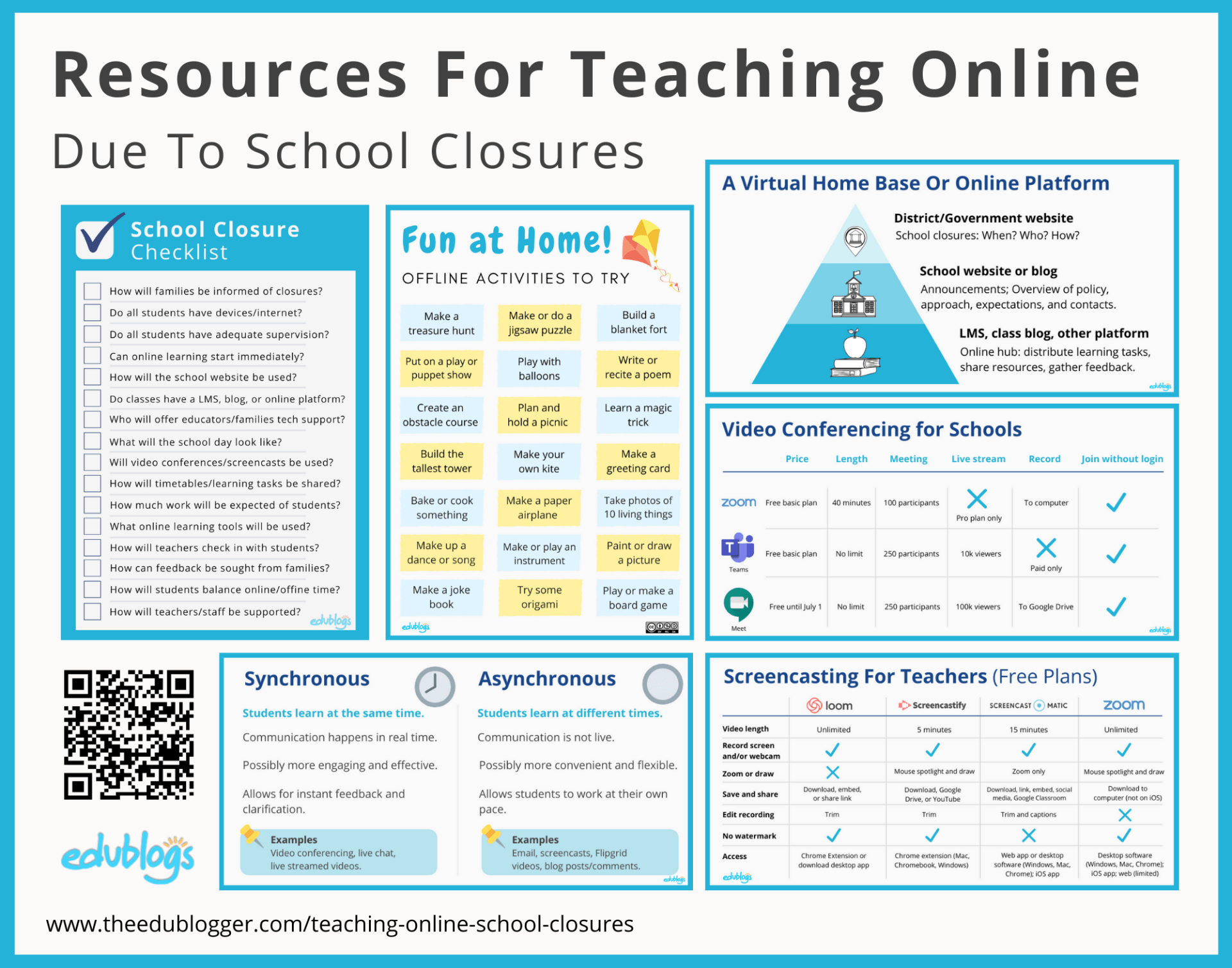Successful business owners are usually happy to share their know-how and experience. Medical means physician: If you are not a physician, you can not “own” this business. ( legal discussions regarding medspas and physicians l How to build a legal medical spa )You may own the building, you may pay the staff, you may have a franchise with a. Rose Post: Teach my son gently if you can. Rose remembered the powerful mix of emotions every parent goes through when first sending a child to school. East Spencer resident not happy with.
People inevitably differ on opinions about TeachFirst, the training route for “high-achieving graduates”. We can debate those opinions all day and I’m happy to do so. But too often those debates are hampered by ideas about TeachFirst which simply aren’t true. So, below, I’ve written out the main ones and tried to put the record straight. What I have written is based on my years as a participant (2006-08), then a tutor, then an in-school participant mentor.
After a stressful week full of an observation for both myself and my co-teacher, I’m excited to spend the weekend relaxing, creating for my class, exercising (possibly) and sleeping. But first cuddles with this face. The past several months have been filled with tension, worry and anxiety. Not only for adults, but children as well. Katie Stoeher, the deputy commissioner of the state Department of Children and Families, said children may be worrying about economic issues in the home caused by the pandemic, or dealing with grief because of the death of a family member or loved one, and these issues are being.

1. TeachFirsters only have six weeks of training. Categorically not true. Yes, participants do a six-week Summer Institute before starting in their classrooms. Think of it as a really really intensive way of doing those first PGCE bits (nb: it’s residential, 6 weeks, twelve hour days). And don’t worry, the tutors at the Institute are HE tutors – many of whom have worked for years with PGCE and GTPs, or still do alongside their TF work. Even so, this is not all of the training. For the whole first year participants also have two HE tutors – a professional and a subject one – who observe them regularly. They have an in-school mentor and a TeachFirst Learning Development Officer. They do similar essays to PGCE students (theory, development, SEN, etc). They complete their QTS folder (like everyone else), and they attend half-termly day-release subject training sessions. Beyond that there are optional activities: conference, evening workshops, and there is the online community where you can gain help or discuss issues. Oh, and there’s the journal – with weekly reflections. All this, plus having their own classes that regularly monitored and observed in-school. Hence, to suggest that TeachFirsters “only have six weeks training” is not only wrong, but when you have been through the programme it actually feels quite insulting.
2. TeachFirst only takes the “brightest” students, but being bright doesn’t mean you can teach. Of all the myths, this drives me most daft. If accurate, it would read: “TeachFirst doesn’t even take the “brightest” students”. Academically you do need to be decent: a 2:1 or above (from any university). But on its own, that’s not enough. There are also 8 competencies that are tested over the full-day assessment centre all participants go through. A process which has been monitored and continually improved by one of the most professional graduate recruitment teams imaginable. If during assessment participants don’t meet a high score on each criteria, they can’t go on the programme. Every year of its existence (at least until 2011) TeachFirst recruited under-quota because it would rather have fewer trainees than take someone who doesn’t meet standards on the day. Why? Because doing training while also teaching a full NQT load is really very challenging, so they want people to demonstrate the abilities needed to do it well. The entry requirements are not there to say that someone with a 2:2 can’t teach or wouldn’t be an excellent teacher who is even better than a TeachFirster. But when there is so much for a trainee to do on the programme, it’s reasonable to ask for the ability to achieve well in a structured environment (as demonstrated by a 2:1) and then check this alongside all the other skills needed – resilience, leadership, etc.
3. TeachFirsters all leave after two years. On average 60% of participants stay in teaching for a third year. By 5 years that number dips to approximately 40%. Given that teachers through any route who teach in challenging schools have higher turnover rates this number is only to be expected. It’s also true that younger teachers have higher turnover rates, and TFs are predominantly (though by no means all) under 35. Given that general teacher turnover over five years is around the 50% mark you can see that 40% is really not so problematic. It’s also worth pointing out that an estimated 20% of participants also stay in education in other ways – e.g. my studying for a PhD in education, or going into HE to become teacher trainers.

4. TeachFirsters are unqualified teachers. No, TeachFirsters in their first year are trainee teachers. While unqualified in the technical sense, they are unqualified teachers on a programme to achieve QTS. This is distinct from people teaching without qualification and not taking part in any training (so are ‘unqualified teachers’ in the classic sense). In the second year TeachFirsters are newly qualified teachers. This confusion arises because schools, at a minimum, paid TeachFirsters at level 2 on the “unqualified teacher” pay scale in the first year.
5. TeachFirst is just a new name for FastTrack Teaching. Nope again. TeachFirst is a route for training new teachers. Fasttrack was a programme to help new teachers improve quickly and go on to become future lead practitioners. They are really quite different.
6. There’s a “secret handshake” that TeachFirsters all know. Maybe I’ll leave this unanswered just to keep a little mystery….. 😉
First Post Teach To Be Happy Birthday Wishes
One final point: Hopefully this covers a lot of what people are confused about, but I can also imagine some people are now chomping at the bit. However, before you write in the comments that “I knew a TeachFirst and they were awful/boring/arrogant/brilliant/genius” do remember that this is likely true for every training route. Furthermore,TeachFirst isn’t bullet proof. An occasional participant makes it through on interview and falls apart at school for a whole heap of reasons. Whether that should be allowed to happen is one of the things we can debate but, please, let’s do it on the basis of what the programme actually is rather than on hearsay or the random TF duffer who once taught in a classroom next to you.
Okay, real final point: I’ve worked less with TF participants since 2011 so if something has changed for the latest cohort rendering something above unintelligible do let me know so I can change it.
I wrote a book! With Drew Povey (from Educating Manchester)! It’s called The Leadership Factor, and it’s short, and cheesy, but funny.Get it here.

First Post Teach To Be Happy Wishes
Further Reading


First Post Teach To Be Happy Hour
Brett Wigdortz’s Autobiography which explains why and how he set up the company
